
Birdwatching Beyond the Garden: Exploring Birds in Natural Habitats
Share
Everyone knows that if you’re lucky enough and encourage birds, they should land in your garden. But did you realise that different birds live in different places? We have chosen seven different habitats for you to explore.
Your local park is a great place to start. Thrushes, Fieldfares (which have UK red status*), Greenfinches and Goldfinches are great park birds to look out for. Parks with bushes and grassy areas are best- unfortunately; however, birds don’t generally take kindly to children’s play areas.
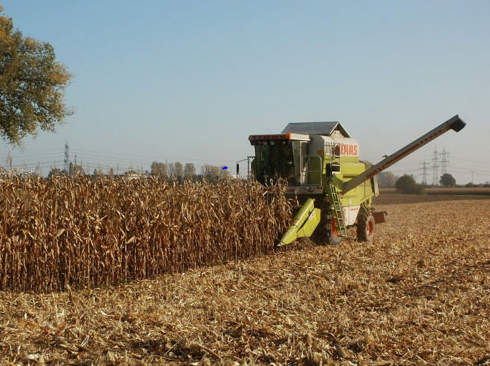
The vast majority of the UK is taken over to farmland. Many wild birds live here - you may be lucky and spot buntings and warblers. At this time of year when fields are bare look out for flocks of woodpigeons, doves and lapwings, these are a winter visitor and are currently vulnerable and have red status* If you can manage an early morning or late evening visit you may just see a barn owl or buzzard.
We all have woodland near where we live. The trees in a woodland area consist of coniferous trees and deciduous trees. Mixed or deciduous trees in woodlands are best for the birds, they will be around but will be hard to spot. Listen and keep a watchful eye out for the bird songs and look for any movement from tree to tree. It is best not to look up, but keep your eye on ground level for Wrens, thrushes and dunnocks – the dunnock now has amber status according to records at the BTO*. It will be best to watch at the edge of the wood rather than inside as you will get a better view. At this time of year watch out for members of the tit family and don’t forget the spotted flycatcher!
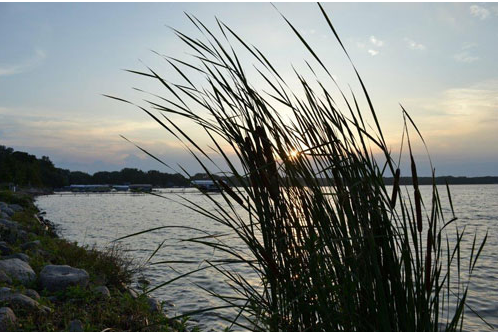
Watching birds on a lakeside can be delightful. Birds hide and dive behind islands so watch the area carefully. Look out for kingfishers flying low over the water and roosting ducks and gulls. The area around the edges of lakes can be homes to reed and sedge warblers. A word of warning though – take care around slippery banks and soft mud as these can be dangerous.
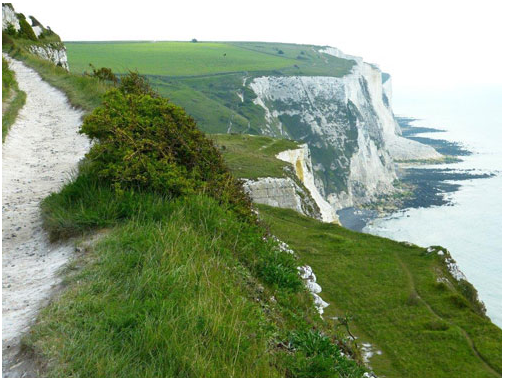
As we are an island the UK has lots of coastline and many beaches to explore. If cliffs are nearby like Bempton Cliffs, between Bempton and Flamborough in Yorkshire, look out for peregrines and albatrosses. Scan the sea for cormorants, gannets and gulls. These sea birds dive and disappear behind waves so be patient and watch the tide carefully.
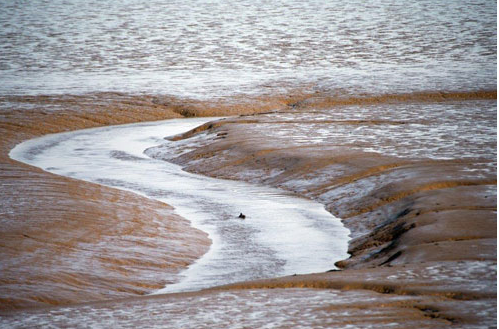
Estuaries are another area where birds can be seen. We are very lucky in Lincolnshire to have both the Humber Estuary and Spurn Point to watch wildlife, and especially bird migration in the autumn. Estuaries are where rivers join up with the sea and can be packed full of food for wading birds. Check your local tide times, as arriving just before a high tide, can offer the best views. Curlews, lapwings and oystercatchers are amongst the commonest waders.
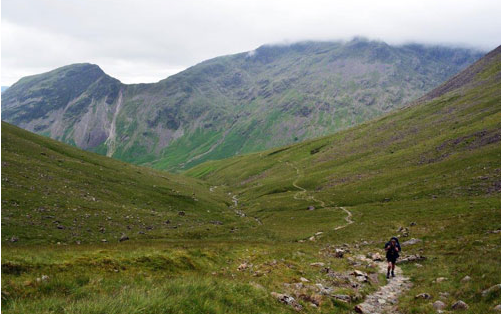
Hills and mountains are usually found to the north and west of the UK. They are home to birds that are hard to see anywhere else. Scan the horizon- as birds here can perch on boulders and fences. Look for movement while walking as this is grouse country and the red grouse is usually the easiest to spot. Smalls birds like stonechats and meadow pipits are also easy to see. This is also the habitat to see predator birds like merlins and hen harriers.
So we think getting to know birds is easy – you can travel as near or as far as you wish, there are always birds nearby.
*BTO website – October 2016
Written by Angela and Chris
